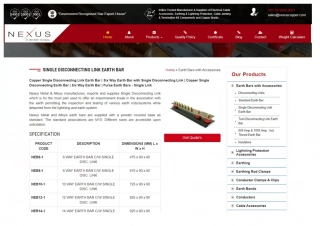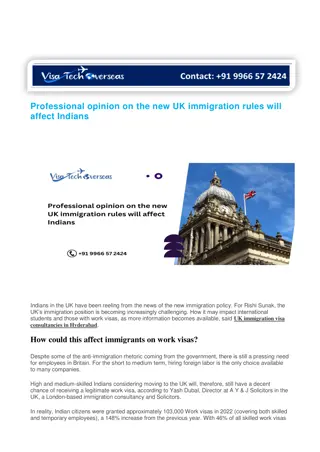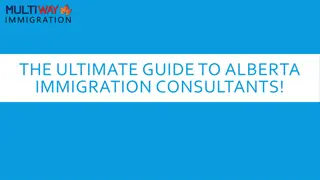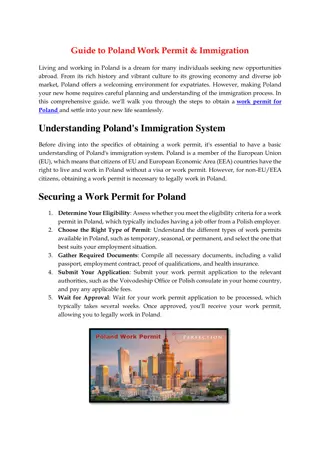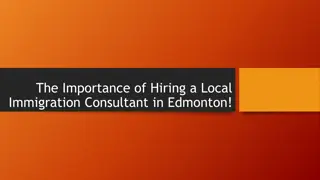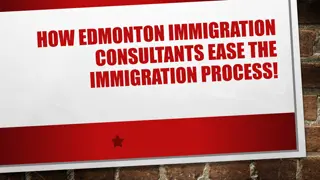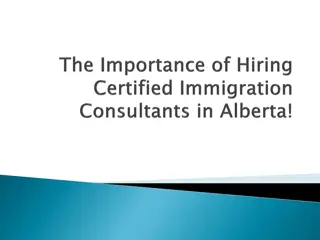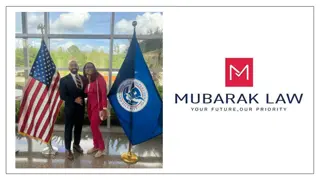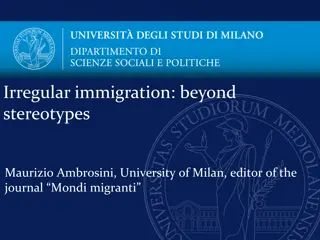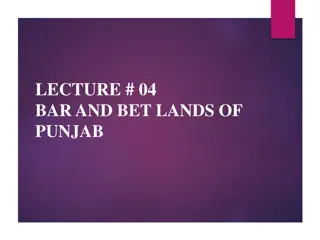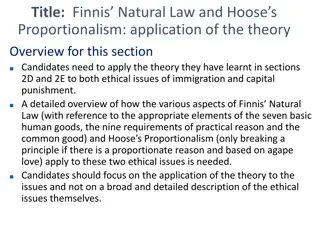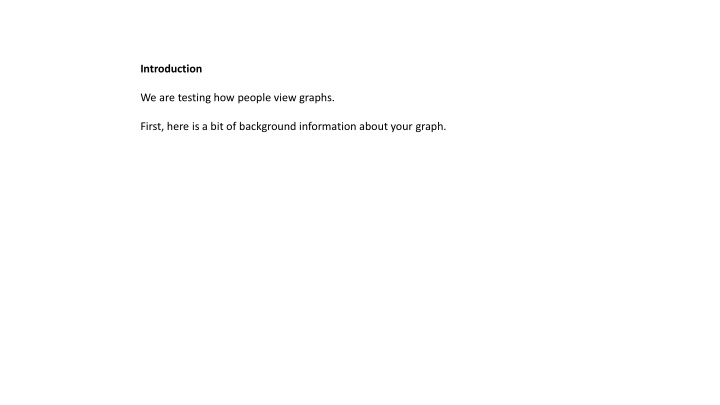
Crowdsourcing Graph Perception Study: Political Candidate Election Analysis
Explore how people perceive graphs in the context of a political election scenario. Dive into the analysis of public polling data on liberal, undecided, and conservative views, correlating with the impact of a recent terrorist attack. Join our study on predicting salient features, changes, and patterns through crowd perception.
Download Presentation

Please find below an Image/Link to download the presentation.
The content on the website is provided AS IS for your information and personal use only. It may not be sold, licensed, or shared on other websites without obtaining consent from the author. If you encounter any issues during the download, it is possible that the publisher has removed the file from their server.
You are allowed to download the files provided on this website for personal or commercial use, subject to the condition that they are used lawfully. All files are the property of their respective owners.
The content on the website is provided AS IS for your information and personal use only. It may not be sold, licensed, or shared on other websites without obtaining consent from the author.
E N D
Presentation Transcript
Introduction We are testing how people view graphs. First, here is a bit of background information about your graph.
Cairo Kosara Liberal Conservative In the spring of 2014, a small European country held elections for their new president. Cairo (left) was the more liberal candidate, and Kosara (right) more conservative.
Kosara Cairo Two weeks before the election, the country experienced its first terrorist attack, on its bus system, with many innocent lives lost. The footage of the attack was shown non-stop across television and social media.
Kosara Cairo Kosara, the more conservative candidate, had made many predictions in the past suggesting that this would be a danger posed by allowing increased immigration. The assailants were not caught, and it was not known whether they were part of a particular immigrant group but that didn t matter to a frightened public.
Kosara Cairo Cairo, the more liberal candidate, had mocked his opponent for being paranoid.
Kosara Cairo Kosarabenefitted massively from the public s conservative turn on the topic of immigration and won the election. In a moment, we ll show you the actual public polling data.
Kosara Cairo Liberal Undecided Conservative Here you can see the actual polling data, showing the percentage of people with liberal, undecided, or conservative views on each of four topics. The box highlights the critical factor that led to Kosara s victory in the election. The recent terrorist attack on the transportation system resulted in strongly conservative feelings toward immigration.
Wed like to see how well crowdsourcing can be used to predict what features, changes, or patterns are most salient to people in the graph. We plan to show the same graph that you saw to 100 people, along with the short description below. We won t have time to show them the longer description that you read.
Well ask the 100 people to notice which features, changes, or patterns are most salient to them in the graph.
Remember that they will ONLY see this screen and description because we have a short time constrain for this new task, we WON T have time to tell them the same backstory that you heard.
Your task is to predict what those 100 people will think the MOST SALIENT features, changes, or patterns in these data are. When you go to the next page, you will CLICK on the graph where you think is the most salient. Then you will TYPE in the text box underneath a verbal description of that salient feature. Finally, you will go to the packet in front of you and DRAW that feature you described on paper.
Here is what the 100 people will see: In the months before the elections of 2014 in a small European country, a polling organization asked citizens about their feelings on four issues. The graph below shows the percentage of people with liberal, undecided, or conservative views on each of these four topics. Liberal Undecided Conservative If you asked a friend to describe the one most salient features, changes, or patterns in these data, what would they say?
Did you draw that feature on the corresponding paper packet in front of you?
Here is what the 100 people will see: In the months before the elections of 2014 in a small European country, a polling organization asked citizens about their feelings on four issues. The graph below shows the percentage of people with liberal, undecided, or conservative views on each of these four topics. Liberal Undecided Conservative If you asked a friend to describe the 2nd most salient features, changes, or patterns in these data, what would they say?
Here is what the 100 people will see: In the months before the elections of 2014 in a small European country, a polling organization asked citizens about their feelings on four issues. The graph below shows the percentage of people with liberal, undecided, or conservative views on each of these four topics. Liberal Undecided Conservative If you asked a friend to describe the 3rd most salient features, changes, or patterns in these data, what would they say?
Here is what the 100 people will see: In the months before the elections of 2014 in a small European country, a polling organization asked citizens about their feelings on four issues. The graph below shows the percentage of people with liberal, undecided, or conservative views on each of these four topics. Liberal Undecided Conservative If you asked a friend to describe the 4th most salient features, changes, or patterns in these data, what would they say?
Here is what the 100 people will see: In the months before the elections of 2014 in a small European country, a polling organization asked citizens about their feelings on four issues. The graph below shows the percentage of people with liberal, undecided, or conservative views on each of these four topics. Liberal Undecided Conservative If you asked a friend to describe the 5th most salient features, changes, or patterns in these data, what would they say?
Please match the following statements (A, B, C, D, and E) to your previous predictions, as best as you can. If you didn t write something down, select N/A. C. Voters felt particularly Undecided on the issue of Education E. Voters felt most balanced between Liberal and Conservative for Defense Liberal Undecided Conservative B. Voters felt particularly Conservative on the issue of Immigration D. Voters felt similarly Undecided for Defense, Immigration, and Crime A. Voters felt particularly Liberal on the issue of Crime

